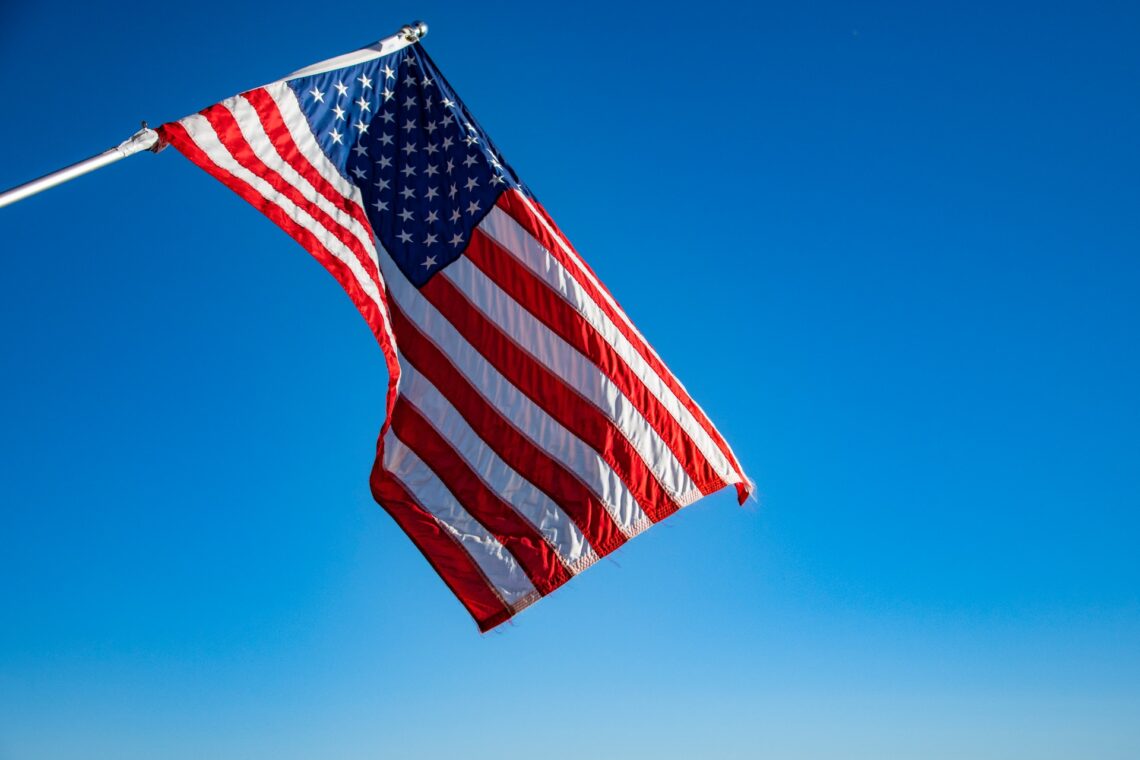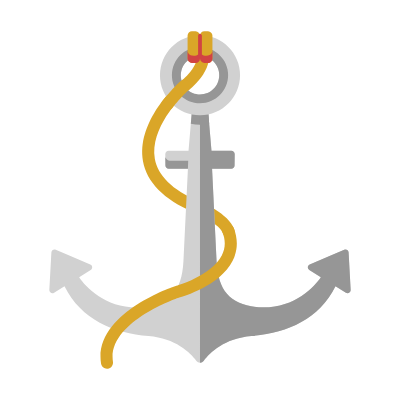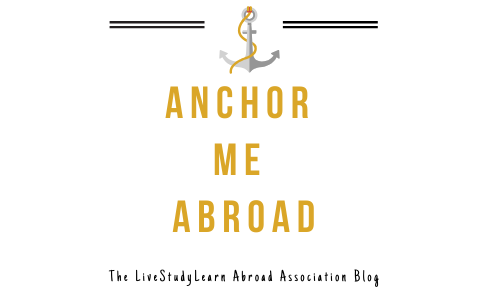
How to Study Abroad in America: Colleges vs. Universities
Over the past 10 years, I have coached many international secondary school students that have a dream of studying abroad in the United States. For some, it is a lifelong dream to move to the ‘land of the free’ and capture a piece of the “American Dream”.
Other students are interested in diversifying their educational opportunities, potentially mastering the English language, and exploring the behemoth landmass of the US that, compared to other countries, are 50 individual locations with very different cultures, values, and lifestyles to choose from.
No matter your reason for researching how to study abroad in America, I know that one of your pain points is certainly that there are so many options to choose from when it comes to colleges and universities. It is the gift and curse of the US higher education system, but speaks to the chance for the opportunity for anyone, from any part of the world, for any sector they are interested in.
From globally recognized Ivy League universities such as Yale and Stanford on the coasts to the University of Texas at Austin, a large but academically rigorous school in one of the most populous states. Those devout in religion with a deep pride in patriotism may find refuge and their voice in small schools like Hillsdale College while atheist progressives may have UC Berkeley on the top of their list.
In the 5300+ options available, any international student is certain to find an institution that fits the bill for what they need to fulfill their dream of studying in the USA.
But how do you recognize and know the “type” of college or university you’re applying for? Compared to many other nations where the college systems are centrally overseen by the government, most colleges and universities in America operate somewhat independently from a centralized government, although they are subject to regulations and compliance rules at both the state(individual state) and federal(elected government located in Washington DC) levels.
So let’s explore four basic differences between colleges and universities you will find as you begin researching ‘Study Abroad in America’:
Four Basic Differences Between US Colleges & Universities
The terms ‘college’ and ‘university’ often have the same meaning in US culture. While our counterparts throughout parts of the world such as the UK and other parts of the EU refer to ‘college’ as an extension of secondary school with defined meaning, college and university are “equal” in the US in terms of learning level.
Difference #1: Target Audience of Colleges Vs. Universities in America
Colleges and Universities often serve different target audiences for students interested in enrolling. Colleges are often more tailored and focused in certain subject areas, while many universities lean heavier on general education at the top of their educational funnels, with tailored studies coming in junior and senior year of enrollment.
Most colleges in the United States also tend to only serve undergraduate students, while universities are more likely to offer both undergraduate and graduate programs, although there are some exceptions to both of the former rules.
Difference #2: Size of Colleges vs. Universities in America
Most colleges across America are much smaller than universities. While both types of institutions may offer a liberal arts-centered education, colleges tend to lend themselves towards more specialized majors.
For example, let’s use the College of Charleston and Clemson University, both located in the state of South Carolina. Both schools offer comparable undergraduate programs in a variety of subjects. However, CofC has an enrollment of almost 10,000 students, while Clemson’s enrollment is nearly double that amount.
The average classroom size at CofC is 15:1 (15 students per 1 professor) while the average classroom size of Clemson is 32:1 (32 students per 1 professor). For some larger universities, ratios may be as high as 75:1+TA (75 students per 1 professor + 1-2 Teaching Assistants).
Teaching assistants are usually currently enrolled or recently graduated Ph.D. students who have studied in the field that are assisting in. They are used widely at larger colleges and universities throughout the US to help professors manage workloads and are often the gatekeepers of the course or department, so if you are enrolling in a larger school in the US, keep that in mind and aim to understand the importance they play in your overall success.
Difference #3: Tuition of Colleges Vs. Universities in America
Tuition is a bit different in the sense that you are not guaranteed lower tuition simply because you choose between a college or university. Multiple factors determine tuition costs including their public versus private status, housing and meal options, specialty options, etc.
There are many large public universities across the nation that cost equal to or more than private small colleges. As we have discussed in a previous post, college in the United States is very expensive, so be prepared to bankroll the serious endeavor with your eyes wide open.
Difference #4: Culture of Colleges Vs. Universities in America
Due to their smaller size, colleges across America tend to be more selective than universities (with exception of the Ivys). It is not uncommon for a college in the US to have minimal social infrastructure on-campus, stricter codes of conduct for students, faculty, and staff, and also little to no sports.
On the other hand, universities across America are known for bustling social scenes, with some known infamously famously for being ‘party schools‘ or ‘sports schools’ colloquially.
In forthcoming blog posts, I will go into further details about the difference between Non-Profit versus for-profit colleges and universities, Two-year colleges versus four-year colleges, and specialty universities.
As an American that has followed in the footsteps of millions who before me navigated the process that is ‘applying for college’ in the US, I can tell you it is stressful and confusing.
For international students interested in studying in America, there are so many new elements to the process as well that are often overly complicated, especially through online searches which leave you scrolling through blog posts, articles, and other listicles that only tell half the story.
Are you an international student with plans to study abroad in the United States? Have you already started your search? What are your ideal states, colleges, universities, or programs that you are looking at? LEAVE A COMMENT!
Until next time,
-K

Known as The Study Abroad Specialist, Kimber Grayson is a serial-study abroader turned International Education coach and expert. Since 2014, she has helped 100+ students navigate their semester away journey from the coastal areas of Spain to China and every place in between. In 2018, she launched The LiveStudyLearn™ Abroad Association, a one-of-a-kind online membership platform for study abroad students worldwide.
She holds two Master's degrees from two well-respected London-based universities and has experience working in the US, UK & and Italy.
In her spare time (what's that again?), she enjoys leisure travel city breaks, any snow-based activity, skeet shooting, and attempting to learn new languages.
- kimberhttps://www.anchormeabroad.com/author/kimber/
- kimberhttps://www.anchormeabroad.com/author/kimber/
- kimberhttps://www.anchormeabroad.com/author/kimber/
- kimberhttps://www.anchormeabroad.com/author/kimber/
kimber
Known as The Study Abroad Specialist, Kimber Grayson is a serial-study abroader turned International Education coach and expert. Since 2014, she has helped 100+ students navigate their semester away journey from the coastal areas of Spain to China and every place in between. In 2018, she launched The LiveStudyLearn™ Abroad Association, a one-of-a-kind online membership platform for study abroad students worldwide. She holds two Master's degrees from two well-respected London-based universities and has experience working in the US, UK & and Italy. In her spare time (what's that again?), she enjoys leisure travel city breaks, any snow-based activity, skeet shooting, and attempting to learn new languages.


You May Also Like

The REMARKABLE Benefits of Study Abroad (SERIES)
April 13, 2022
Are Study Abroad Classes Easier? It Depends on your definition of “easy”!
March 23, 2022






